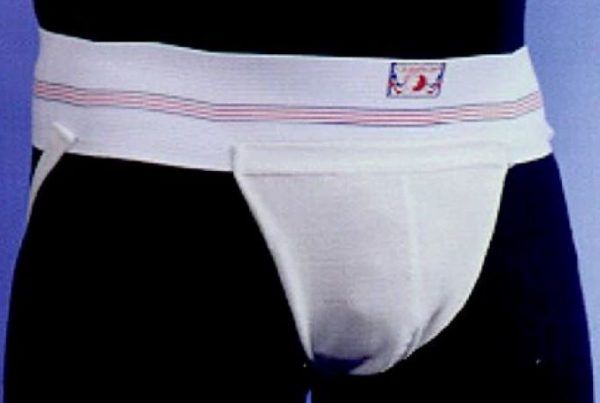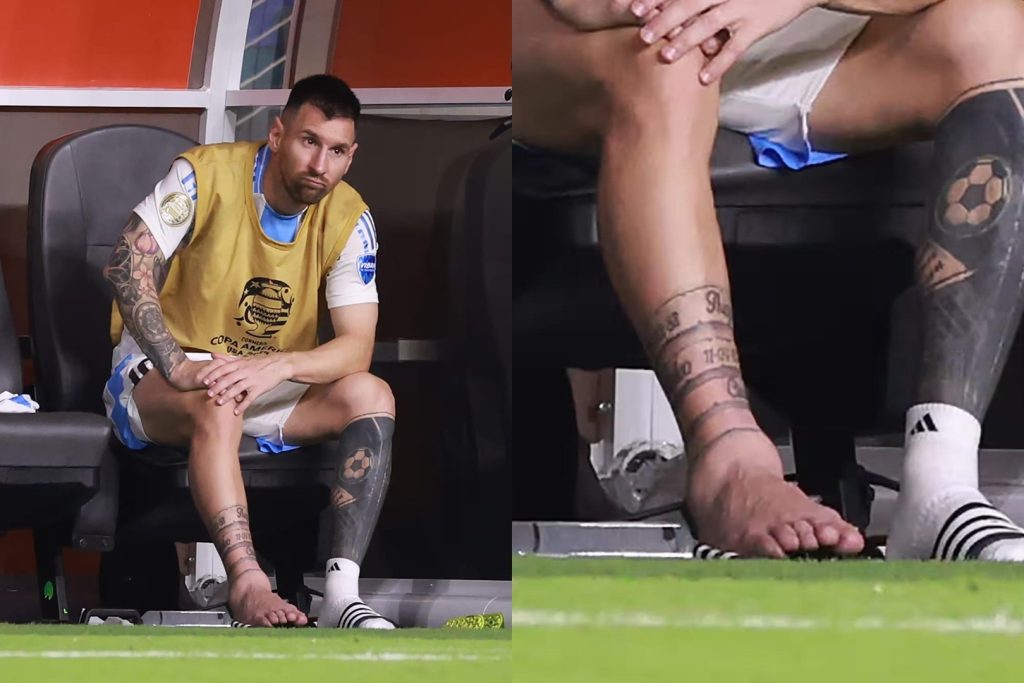
At this point, almost everybody knows who Lionel Messi is. This Argentine-born football superstar has made a name for himself for the past 21 years. As one of the world’s top male football players, he earned eight (8) Ballo d’Or awards.
Recently, he’s been making the headlines for a different reason. During the 64th minute of the Copa America final against Colombia, Messi sustained a non-contact injury on his right ankle.
With this historic 16th Copa America win for Argentina in your mind, you might start wondering. What should you do with an injury like this? Luckily, we at Gulf Physio have got you covered. Let’s start by addressing the extent of Lionel Messi’s latest ankle injury.
What Happened, According to the Experts?
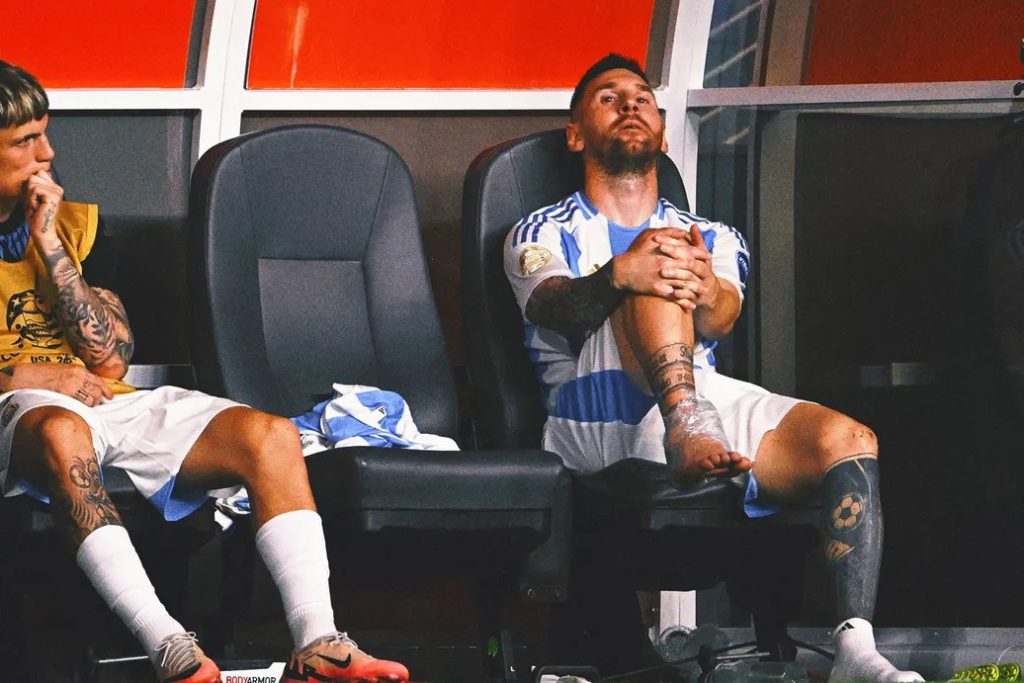
By our calculations, Lionel Messi has sustained 17 major injuries since 2006. These injuries have caused Messi to miss around three (3) games or more per injury. The current ankle injury from July 15, 2024, marks the 18th injury in his career as a professional football player.
Based on the context, it appears he might be experiencing a mild to moderate ankle sprain, according to Kieran Sheridan. As an experienced sports physiotherapist, he also points out that ankle sprains are a common injury in sports like football.
What Are the Common Ankle Issues in Football?
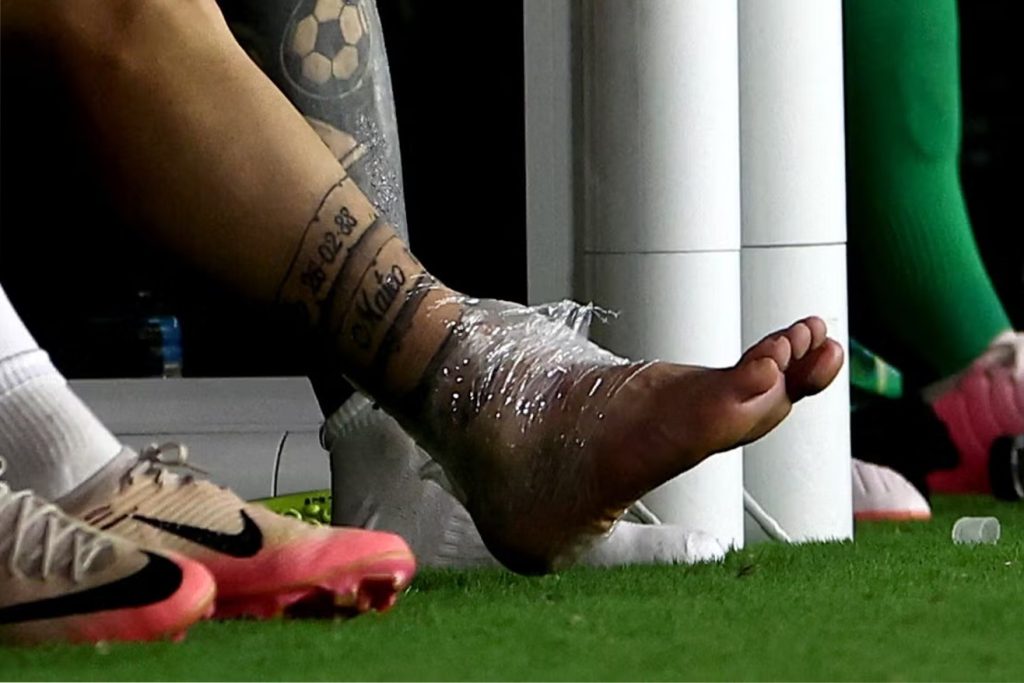
In a sport such as football, a player mostly uses his feet and ankles. Regular people already use these parts of themselves a lot daily. Imagine the strain a football player has to go through, making them more susceptible to these injuries listed below:
1. Ankle Sprains
Ankle sprains are often caused by twisting or turning the ankle awkwardly. Such adverse movement can lead to stretched or torn ligaments. On average, this particular injury can be completely healed in 6-12 weeks.
2. Achilles Tendonitis
Achilles tendonitis is the Inflammation of the Achilles tendon. It’s usually due to the overuse of said tendon or the prolonged use of improper footwear. The healing time is generally longer, lasting from 4-6 months.
3. Ankle Fractures
Ankle fractures are less common but more severe. It involves broken bones around the ankle area. Professional athletes can often recover from an injury like this. Although, it might take 26 weeks before they are deemed fit to play again.
Symptoms of Ankle Sprains
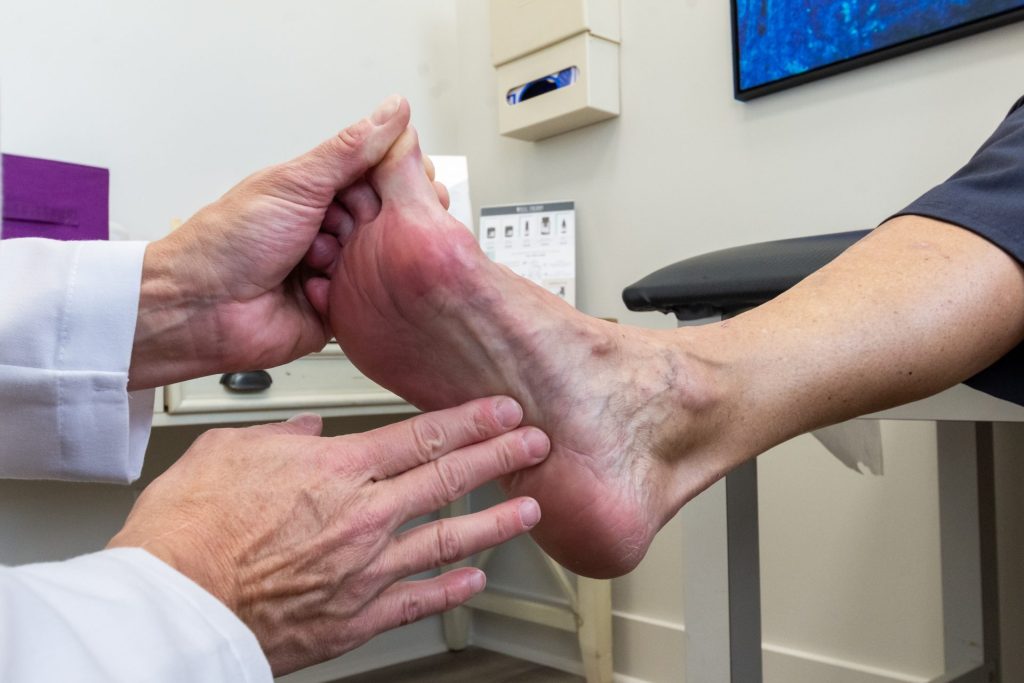
The various signs of a sprained ankle differ greatly on the severity of the injury. The symptoms of an ankle sprain you can look for are as follows:
- Tenderness when applying pressure on the ankle
- Pain when you step on the injured foot
- Visible bruising
- Excessive swelling
- Limited range of motion
- Instability in the ankle region
Treatment and Healing for Ankle Sprains and Other Related Injuries
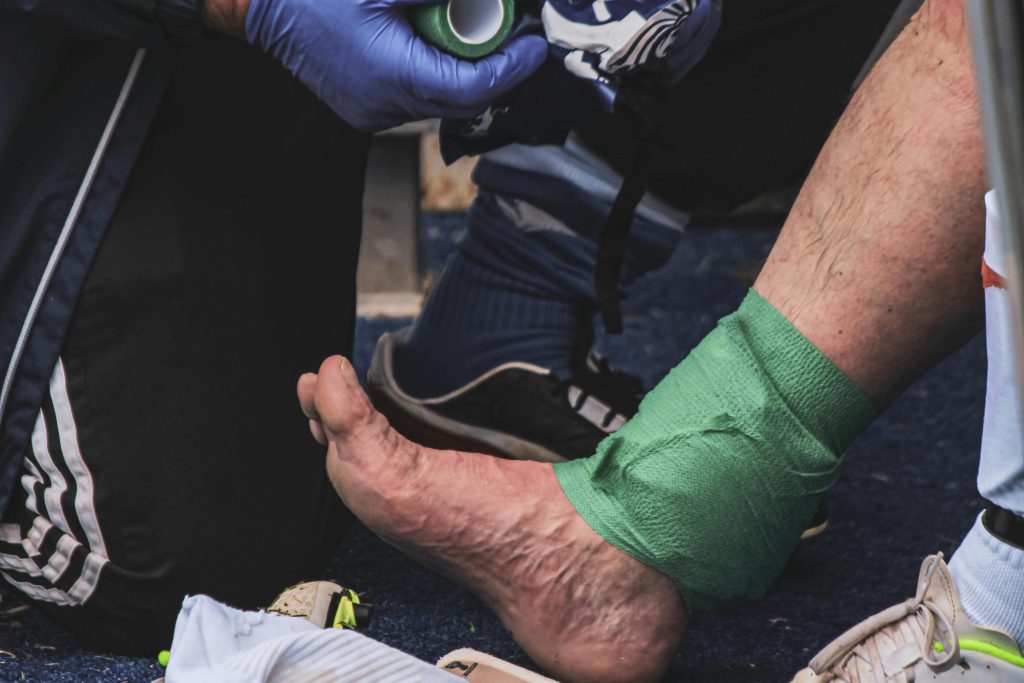
When you sprain your ankle, you can take these steps to ensure the condition won’t worsen. Sports taping and strengthening exercises followed by rehab are the typical course of action for sprains. However, the first thing you should do is always use the RICE Method.
RICE Method
- Rest: Avoid using your wounded ankle. Elevate it so you won’t put any weight on your injury while it’s recuperating.
- Ice: Apply ice packs for 15-20 minutes every 2-3 hours for the first 48 hours.
- Compressions: Use an elastic bandage to reduce swelling, but not too tight to impede circulation.
- Elevation: Keep the ankle raised above heart level to minimise swelling.
Sports Taping
- Purpose: The purpose of sports taping is to provide support and stability to the injured ankle. It can reduce the risk of further injury over time.
- Technique:
- Anchors: Start ankle taping with anchor strips around the lower calf and foot.
- Stirrups: Apply stirrups next. Start by placing a strip of tape on the inside of the ankle, running towards under the heel. It should end up on the outside of the ankle.
- Heel Locks: Apply heel lock strips around the heel and ankle to secure the taping.
- Figure-8s: Use figure-8 taping patterns to add additional support and stability.
Rehabilitation
- Stretching and Strengthening Exercises: Begin with gentle range-of-motion exercises and gradually introduce strengthening exercises like calf raises and resistance band exercises.
- Balance Training: Incorporate balance exercises such as standing on one foot or using a balance board to improve proprioception and prevent future injuries.
Professional Evaluation
If symptoms persist or the injury is severe, seek a professional evaluation from a physiotherapist or sports medicine specialist. These medical professionals can rule out fractures or severe ligament damage with the proper screening methods. One of the methods they use is to measure the current range of motion of your ankle by using a goniometer while doing a standard stretch. This can be compared with the regular biomechanics of the ankle while doing standard stretching or movement exercises.
How to Prevent Ankle Sprains and Other Related Injuries?
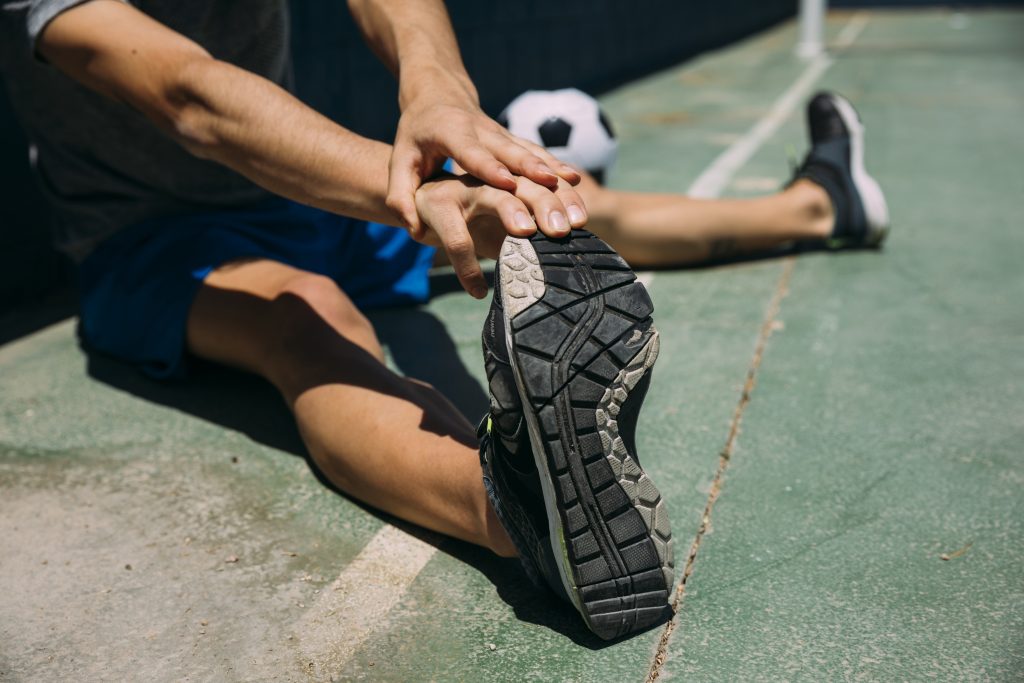
In a team sport as competitive as football, you can’t fully prevent all ankle-related injuries. Regardless, you can take safety measures to lessen the possibility of getting injured during practice or the game itself. Make sure to consider the following before going back to the field:
- Proper Warm-Up: Ensure adequate warm-up and stretching before playing.
- Ankle Support: Use supportive footwear and consider ankle braces if prone to sprains.
- Strengthening Exercises: Regularly perform ankle and lower leg strengthening exercises to build resilience.
By following these guidelines, the player can effectively manage and heal an ankle sprain. They can return to the field with a minimised risk of re-injury.



